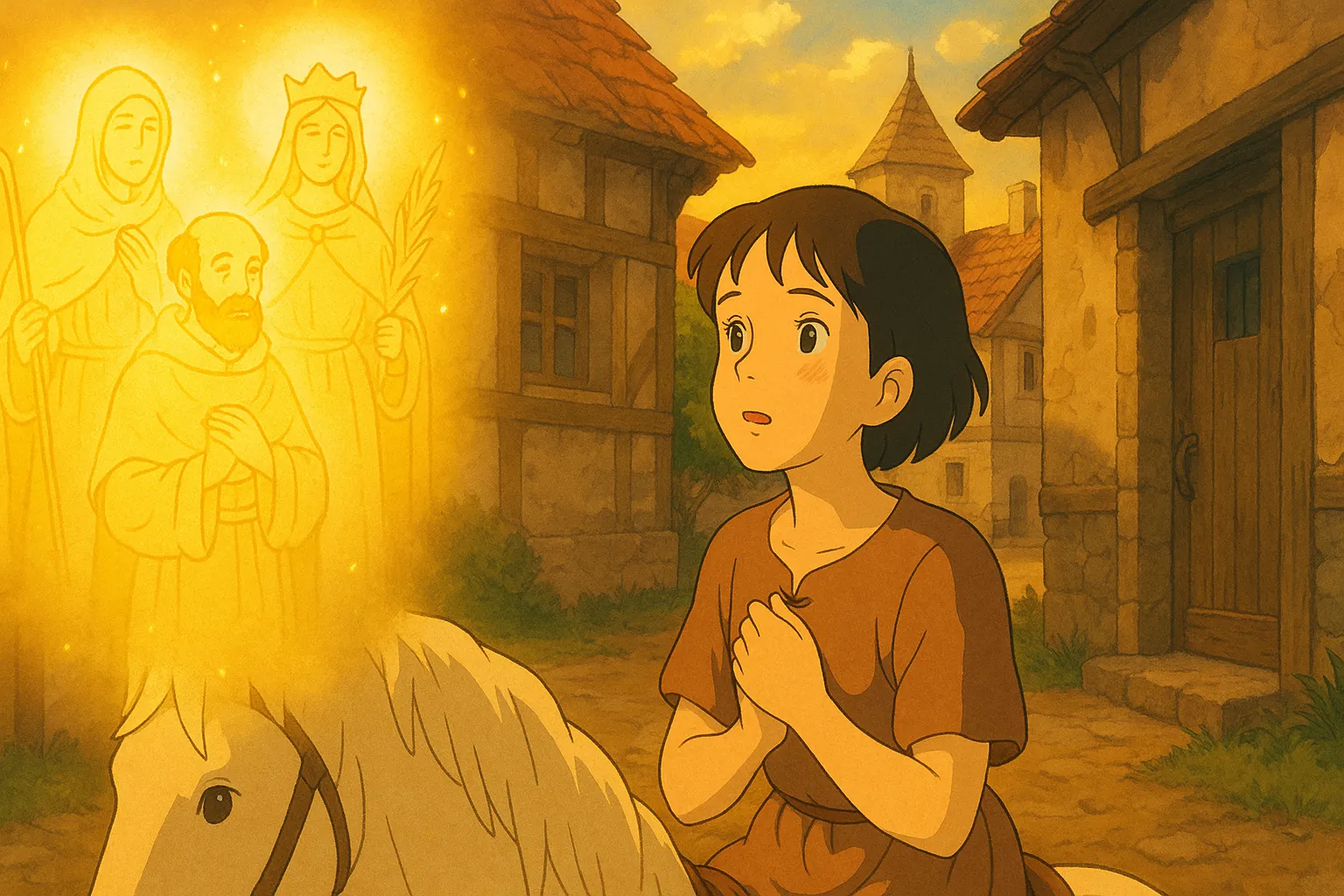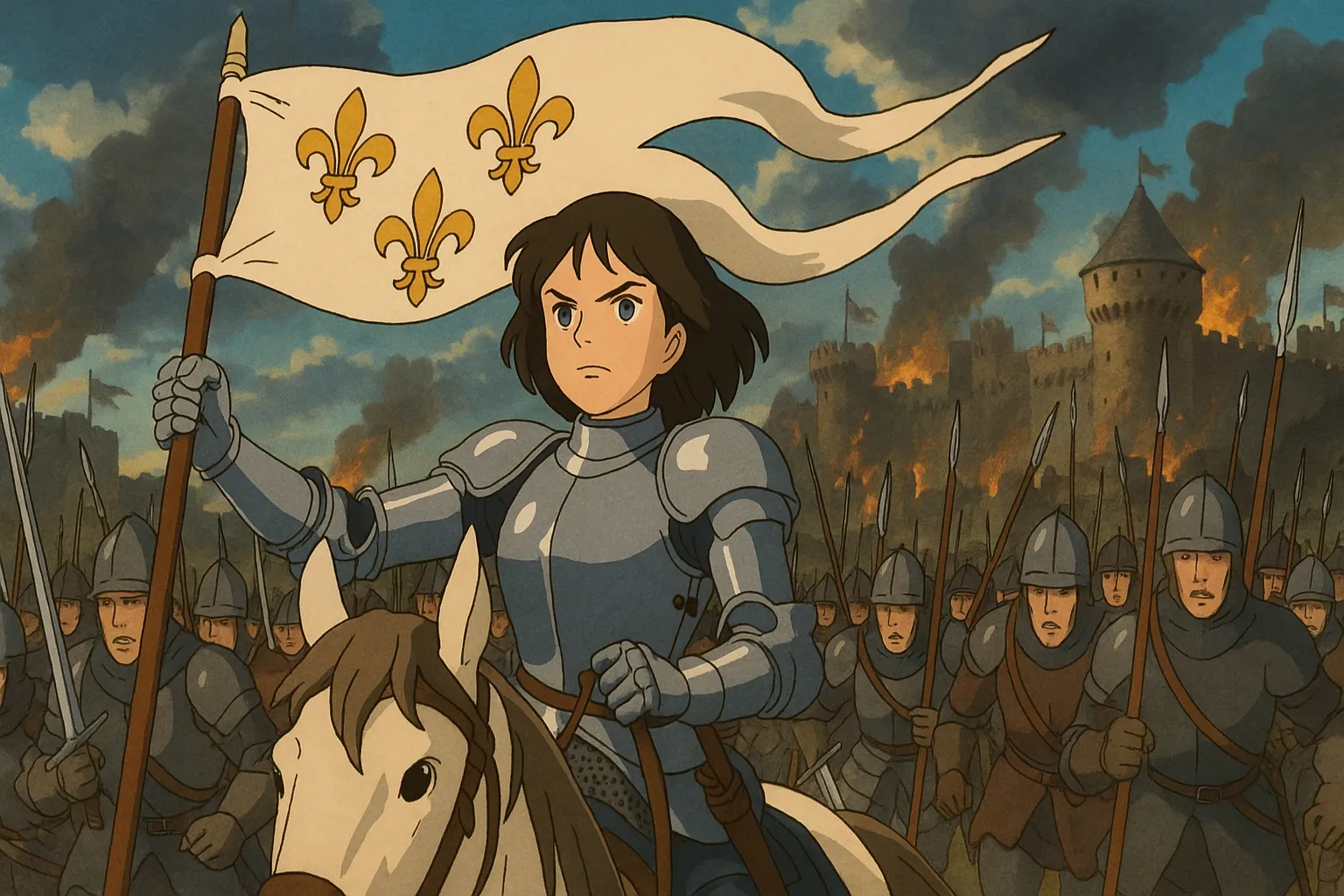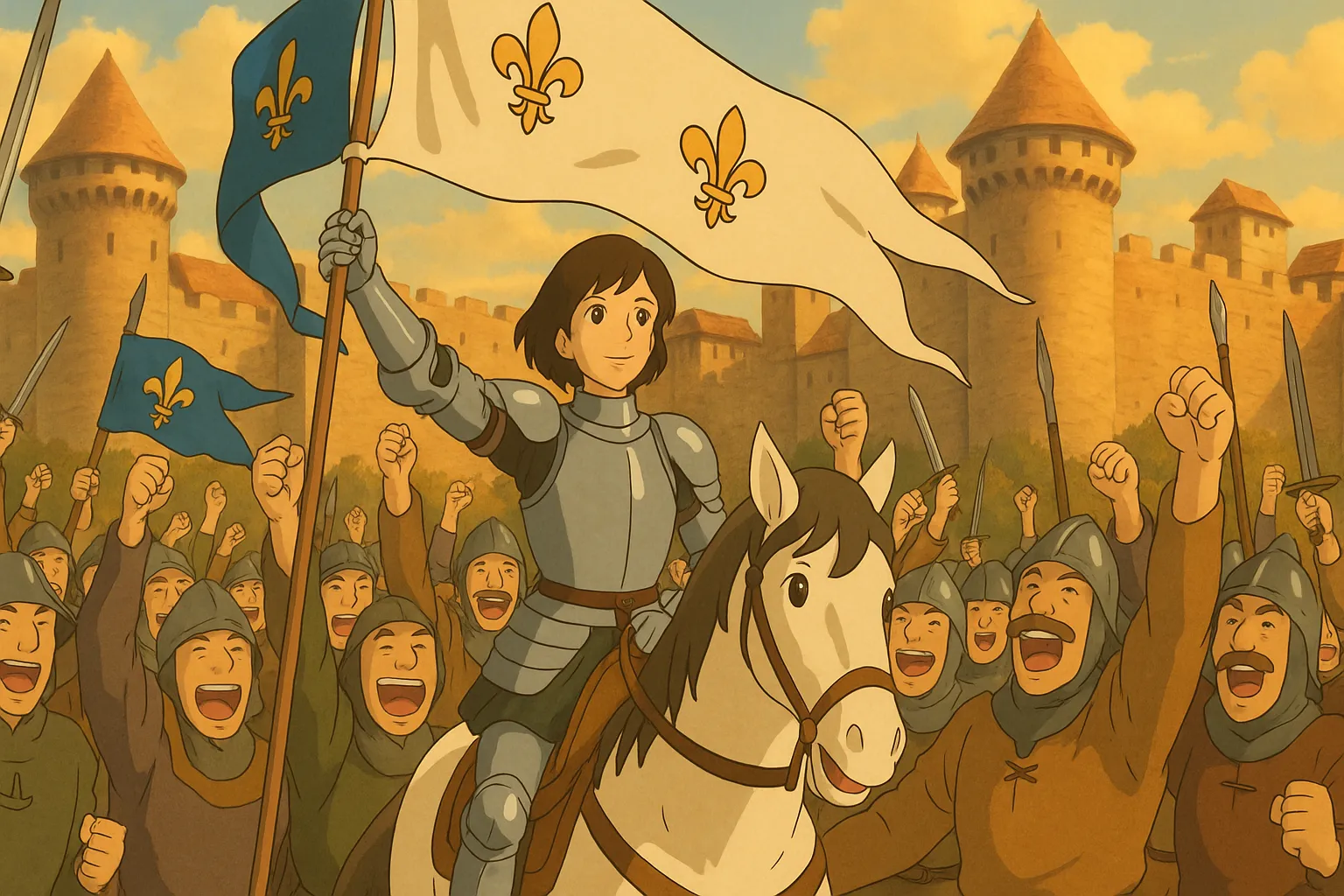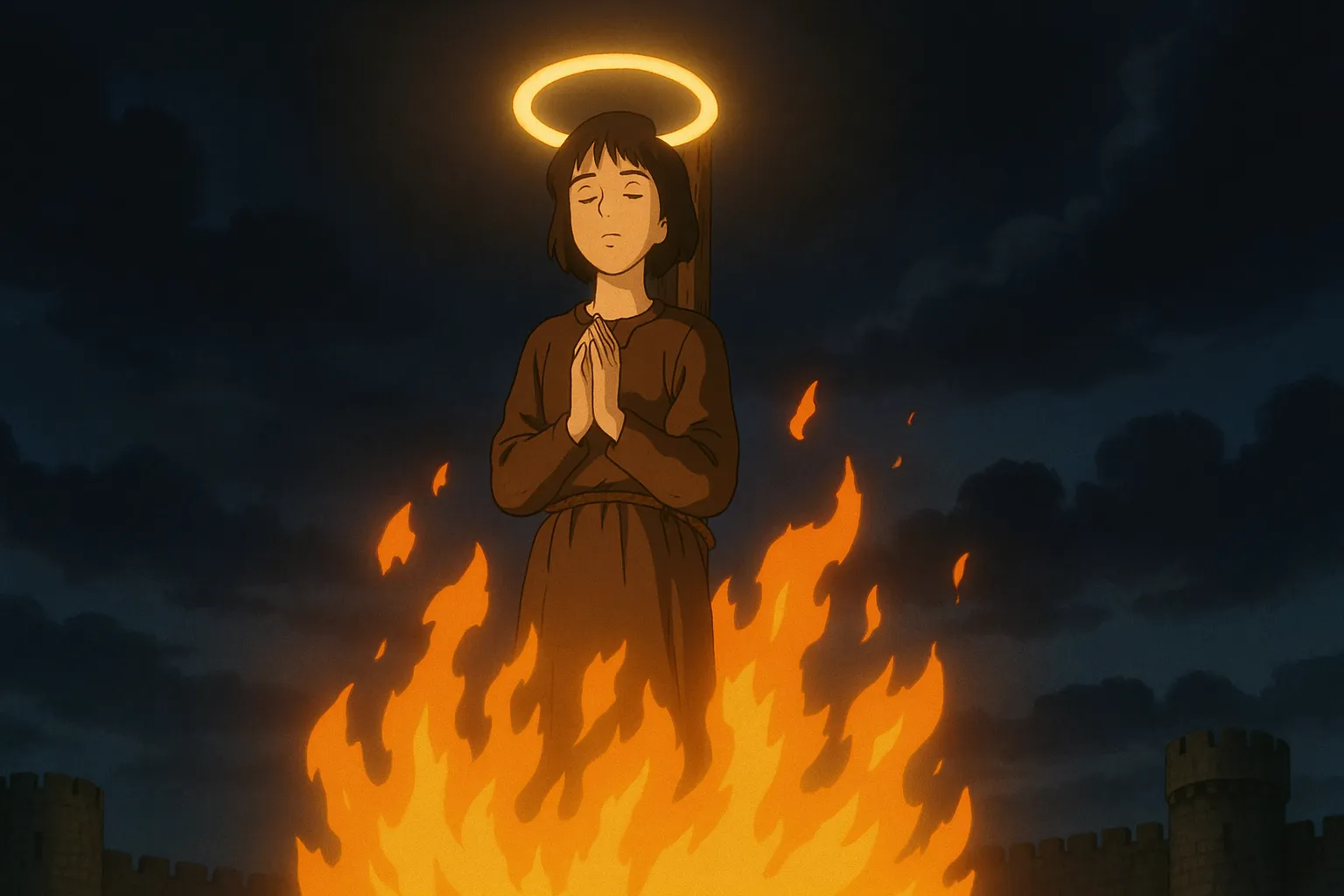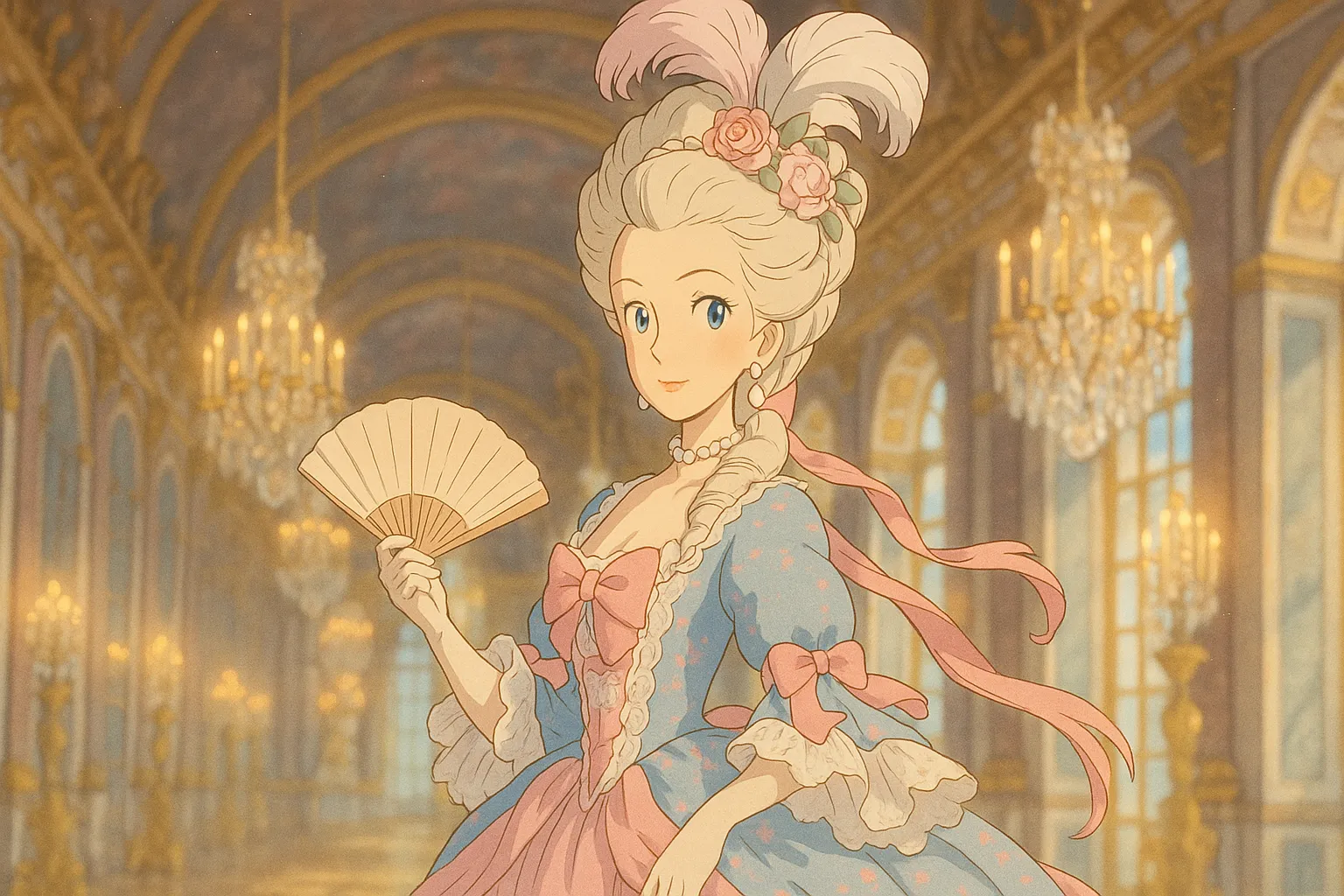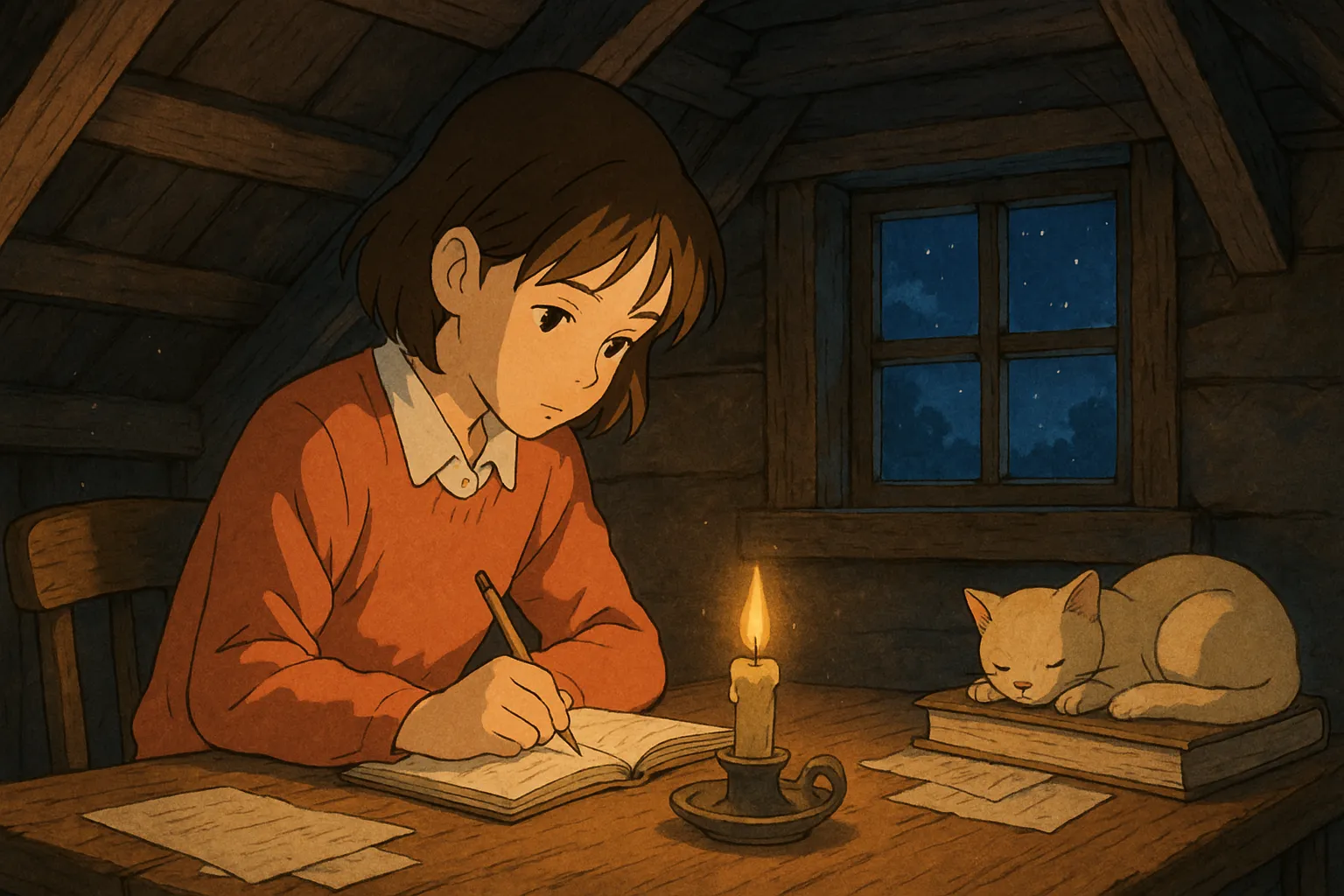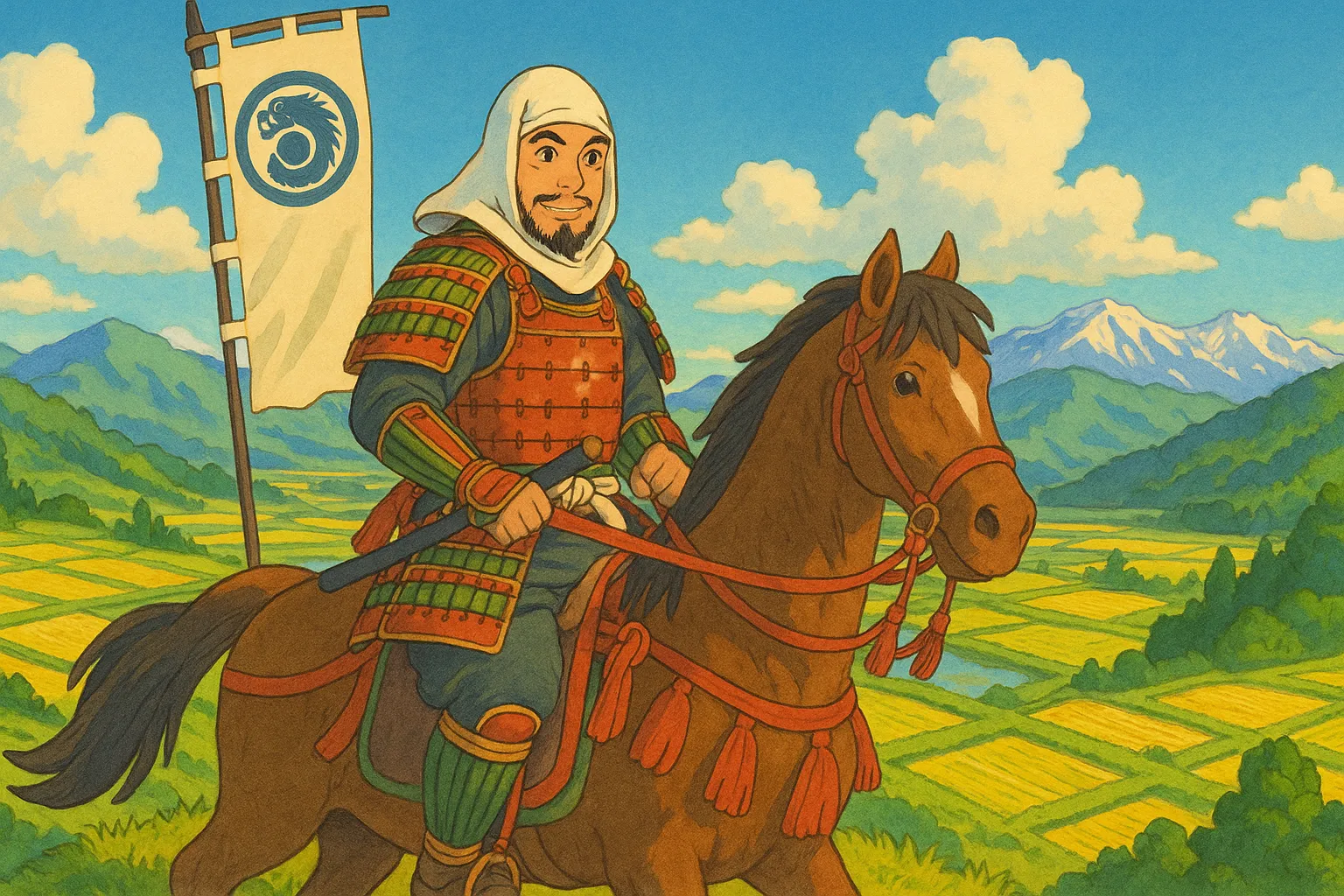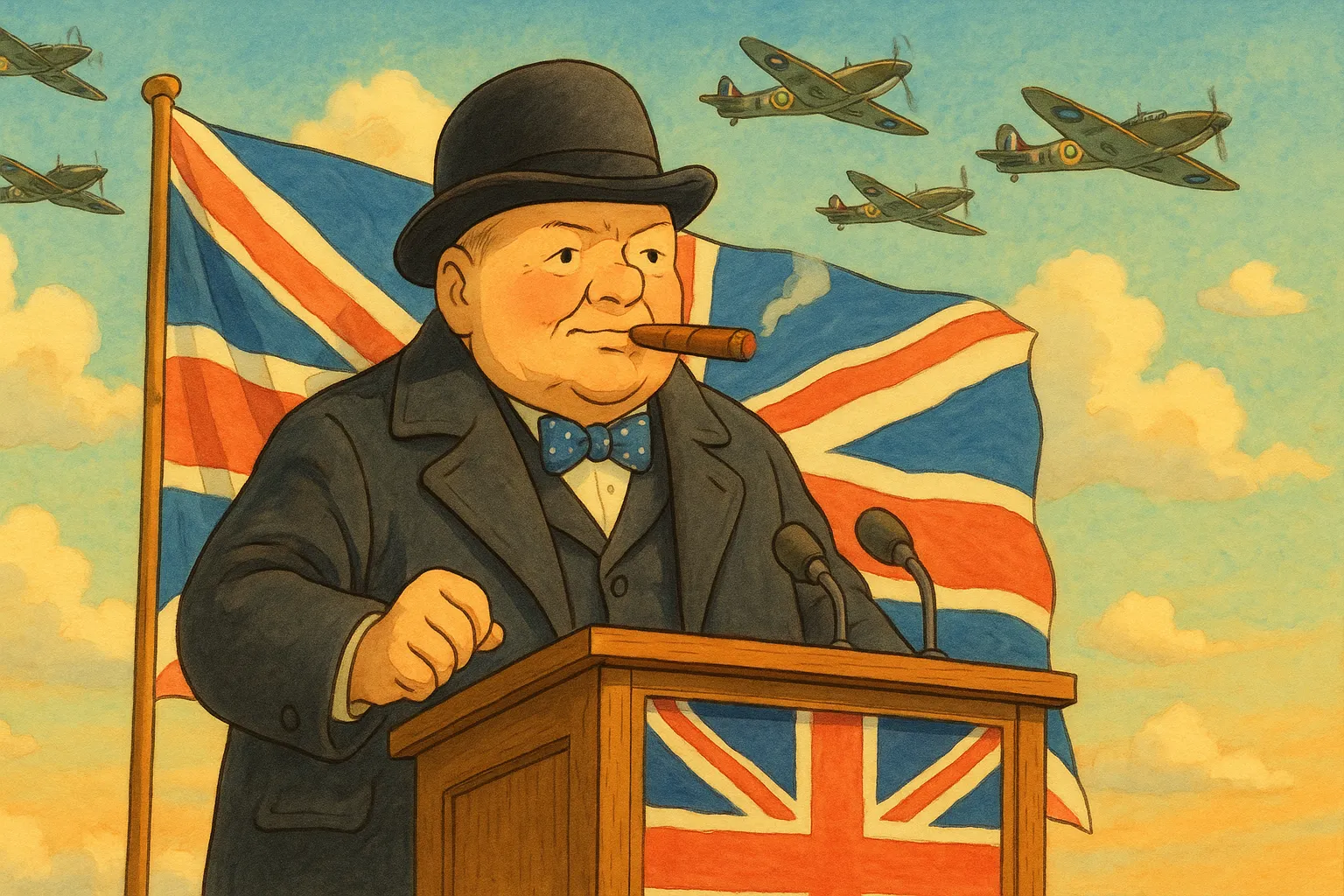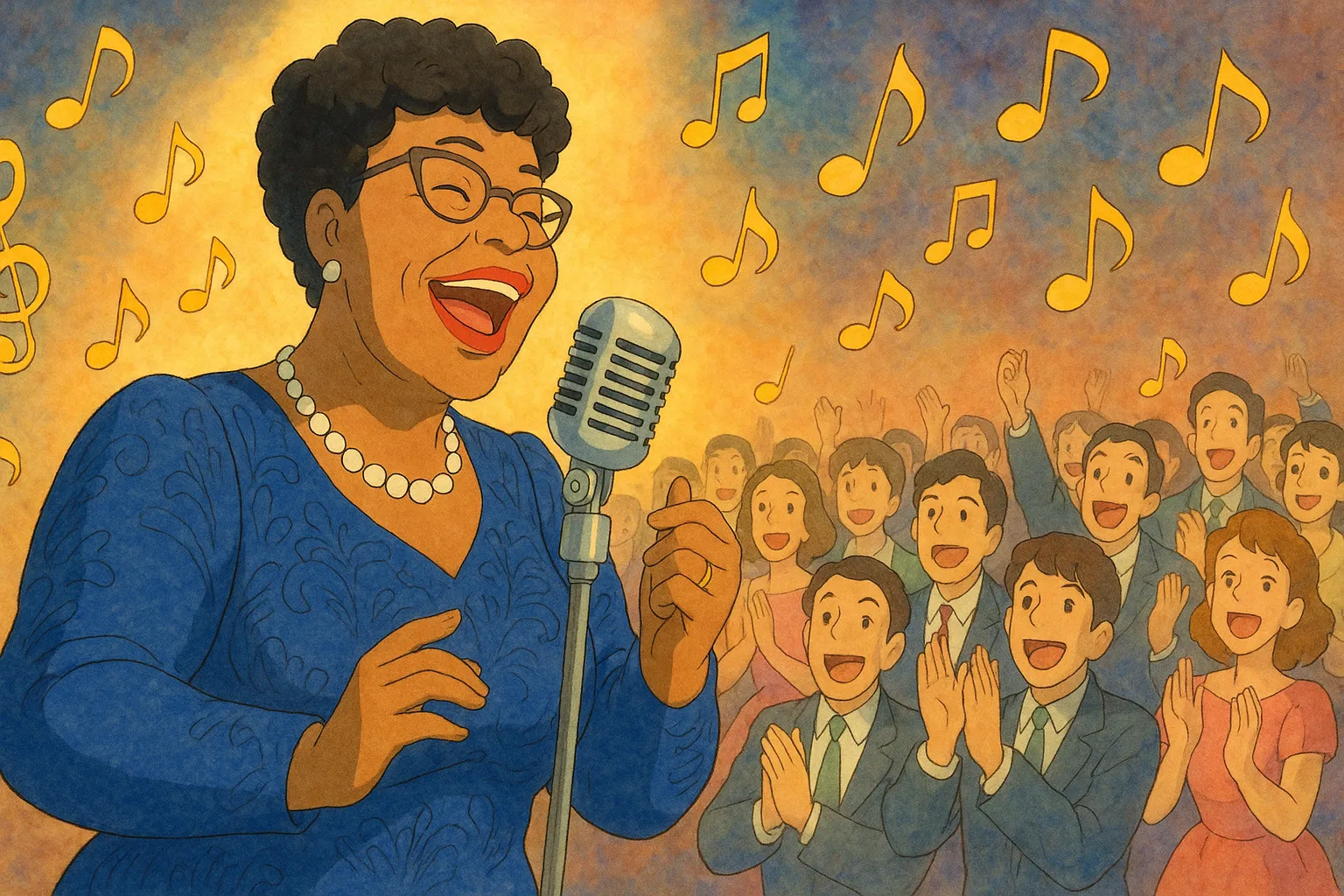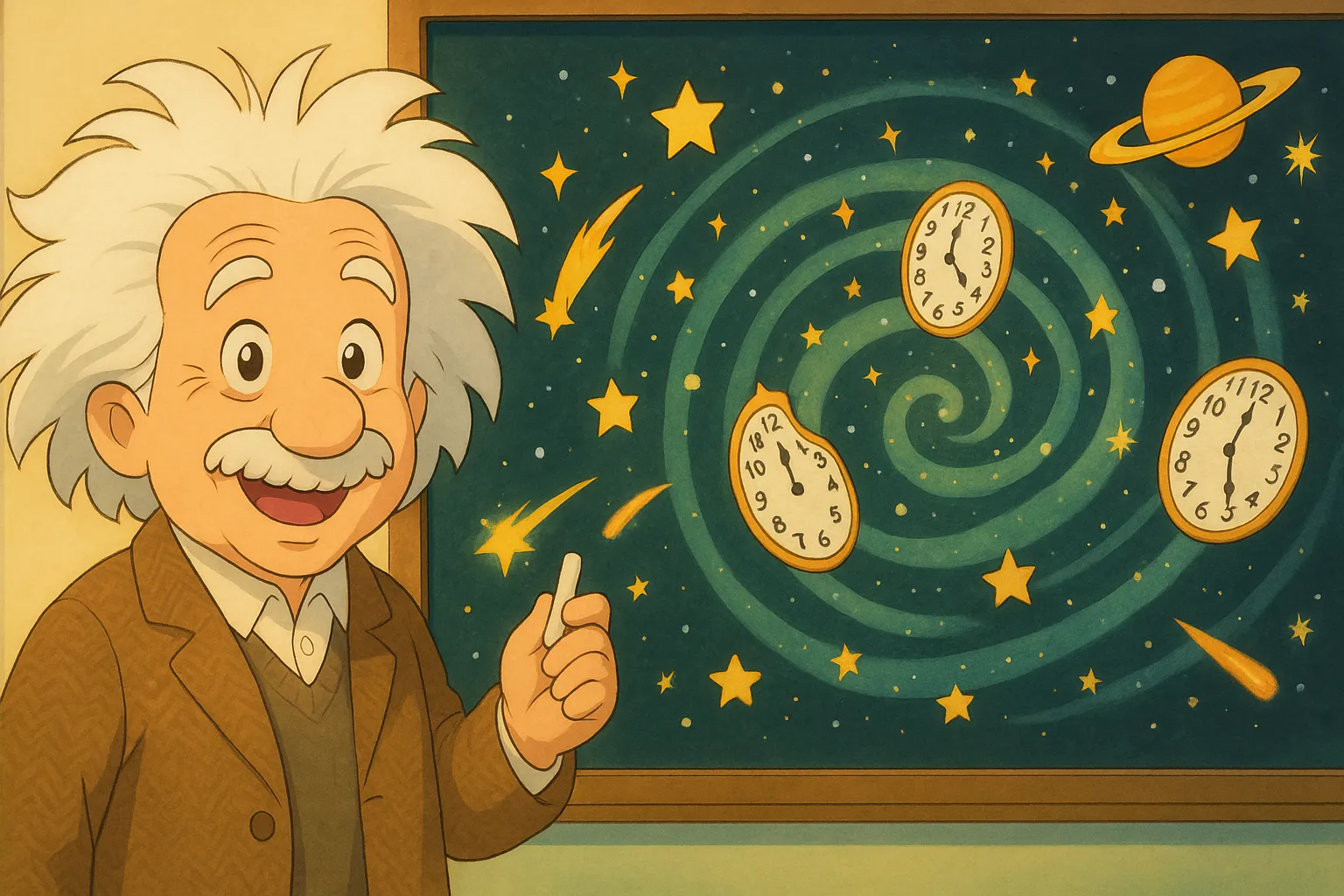
Frequently Asked Questions
Where exactly was Joan of Arc born?
She was born in the village of Domrémy (now Domrémy-la-Pucelle) in northeastern France, near the border of Champagne and Lorraine.
How was Joan captured and who held her?
She was captured in 1430 by Burgundian forces at Compiègne and later sold to the English, who detained her in Rouen for trial.
Where and by whom was her trial conducted?
Her trial took place in Rouen under an ecclesiastical court led by Bishop Pierre Cauchon, with strong English influence.
Did Joan have formal military training or rank?
No. She had no formal military training or official rank; her role was largely inspirational and she worked alongside experienced commanders.
Could Joan read or write?
She likely could not write and was probably illiterate; she dictated letters and legal statements and often signed with a simple mark.
Was her conviction ever challenged or overturned?
Yes. In 1456 a church-led retrial authorized by Pope Callixtus III nullified the earlier verdict and declared her innocent.
What nicknames was she known by?
She was commonly called the 'Maid of Orléans' (La Pucelle) and is often referred to simply as 'the Maid' in French tradition.
How has Joan influenced politics and culture since her time?
Her image has been adopted by diverse groups—royalists, republicans, and nationalists—and she appears widely in literature, art, theater, and film as a symbol of courage and national identity.

